STORY UPDATE: Part 2 of this story is been uploaded here.
With airline bookings that have fallen off a cliff, the airlines have to make a painful decision. To continue to fly aircraft or make the decision to park their fleet. Airlines need to fly their aircraft that average at least 70% full to any hope of turning a profit. This figure is referred to as the “load factor”. Before the pandemic, airline load factors were averaging in the high 80% range. Load factors have completely fallen off the charts with some flights only having a handful of passengers. The pandemic adds another negative to the picture, airline employees coming in close contact with passengers that may be sick. Airlines are left with a tough alternative to park hundreds of aircraft until the airline business shows signs of recovery. In this post, we will look at American Airlines which has a fleet of 947 mainline aircraft. For American Airlines, some planes will be dedicated for freight only flights.
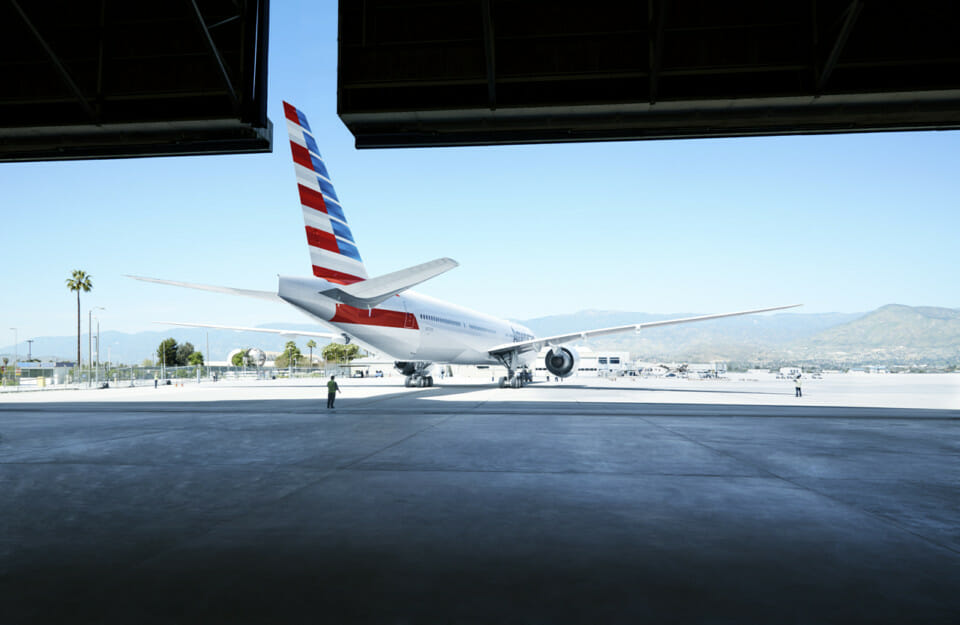
Where Do Airlines Park Their Aircraft?
Airliners are usually parked at the airport where their first-morning departure is located. This normally works because as soon as that aircraft leaves the gate, it is replaced by an arriving airliner. Airports are not designed to be used as parking lots. Some aircraft can be stored at large airline maintenance bases which usually have some extra room for aircraft lined up for service. In the case of American Airlines, they have the option to park some aircraft at the Tulsa, OK Maintenance Base. It won’t take long before all of the maintenance base parking slots are gone.
There are several airports that are set up for long-term aircraft parking. These airports are in the desert areas of CA, AZ and NM where the climate aids in the storage of aircraft. These airports specialize in long-term aircraft storage for obsolete airliners that have been removed from service. Some of these aircraft will meet their deaths by being scrapped. Other aircraft will remain on-site for possible resale or for the sale of spare parts. One problem here is that Boeing has parked about 300 737MAX aircraft at these airports while it works on returning the 737MAX back to service.
American Airlines plans to park aircraft at the following locations:
- Tulsa, OK – 100 aircraft,
- Roswell, NM – 100 aircraft,
- Pittsburgh, PA – 50 aircraft,
- Mobile, AL – To be determined and
- Greensboro, NC – To be determined.
Short-term or Long-term Storage
Aircraft storage airports specialize in the long-term storage of generally obsolete aircraft. The short-term parking problem is relatively new brought on by the 737MAX groundings. We are now in uncharted territory for aircraft storage. There is the potential of needing to store thousands of airliners for the short-term. There is now, an unprecedented need for remote short-term parking facilities.
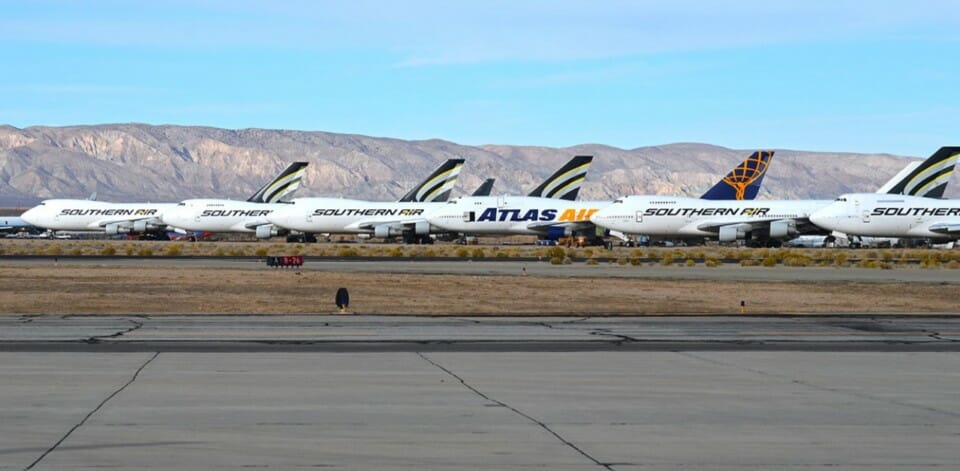
Short-term storage presents another set of problems. These aircraft need to be maintained in a state of readiness. Aircraft that are stored on a long-term basis for possible resale, use for space parts or scrapping get their fluids drained upon arrival and their engines removed for storage.
There Is No Free Parking
There are costs and logistics for storing aircraft that the airlines will have to pay. The logistical costs include:
- Fuel and an airline flight deck crews to fly the aircraft to storage,
- Returning the flight deck crews back to their home bases,
- Routine maintenance and servicing of these short-term stored aircraft to remain in a state of readiness,
- Flying flight deck crews to storage to retrieve stored aircraft that are being brought back to service and
- Fuel and airline flight deck crews to fly the aircraft back to home base.
The storage facility is going to charge the airlines by the pound for storage. The typical charge for storage is 40 cents per thousand pounds per day. A Boeing 777-300ER weighing in at 370,000 pounds would have a daily storage fee of $150.00. When you do the math for the total aircraft parked, this daily rate will add up quickly.
Routine Maintenance
American Airlines is using teams of ten people to perform daily aircraft service. Again, with short-term storage, the need to keep the aircraft in a state of readiness requires routine servicing. This service amounts to:
- Running the engines,
- Taxi the aircraft far enough to keep the tires from flat-spotting,
- Checking hydraulics,
- Checking avionics and
- Checking electrical systems.
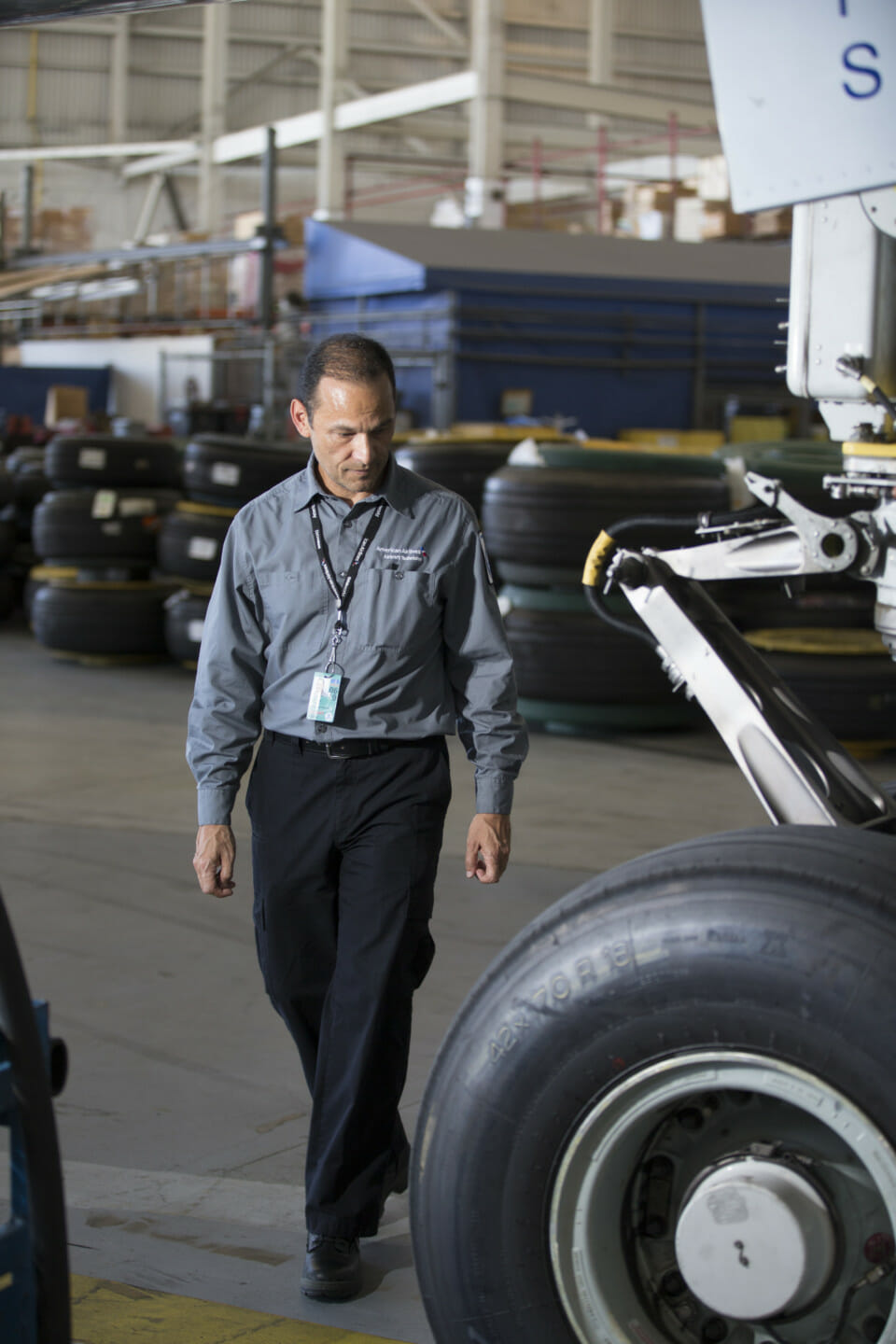
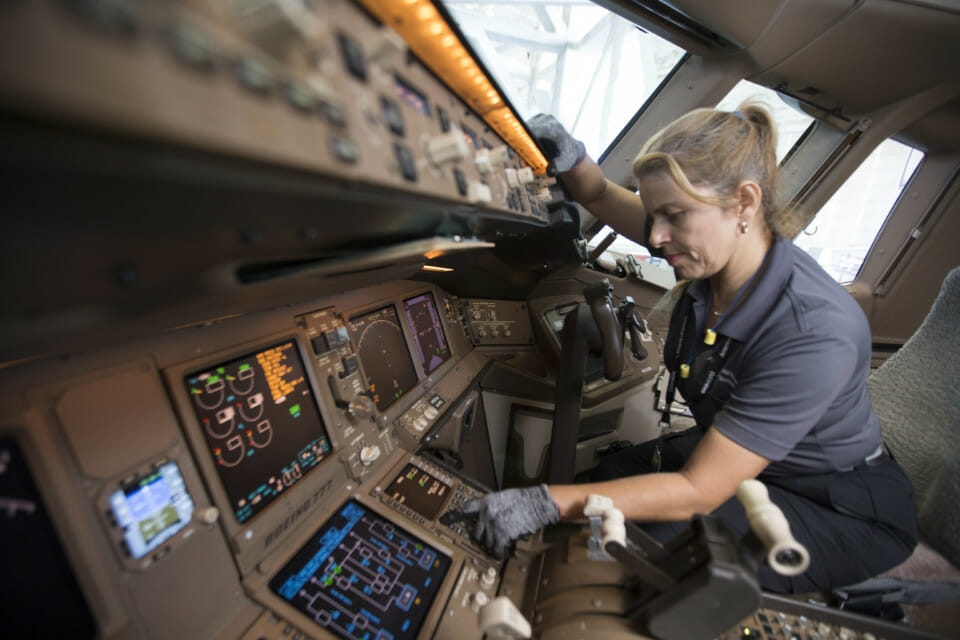
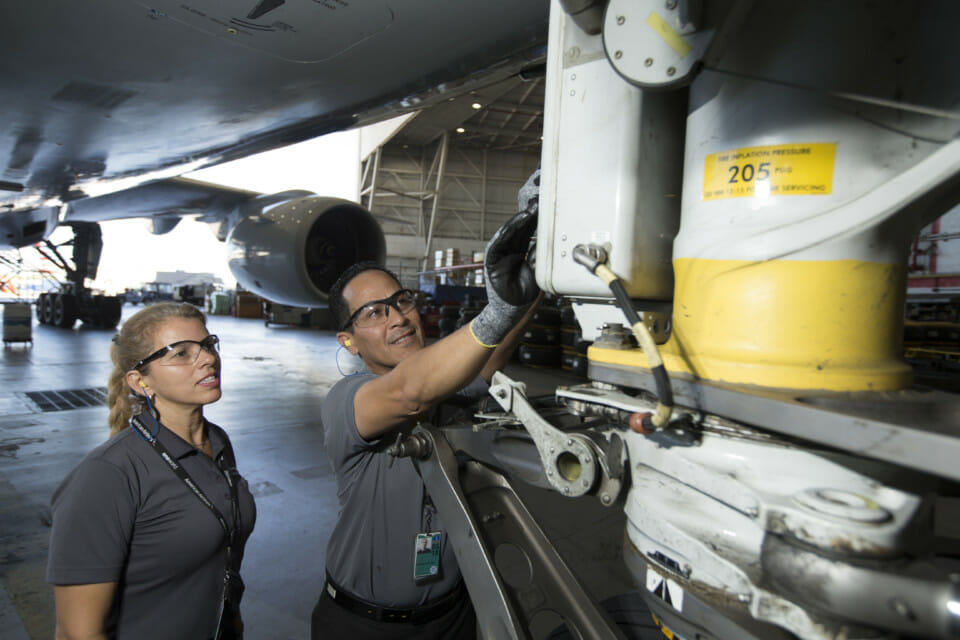
Accelerated Aircraft Retirements
Regardless of the airline and depending on how long this pandemic lasts, there will be aircraft that will not return to service. When the airlines return to regular service, the airline landscape will have an entirely different look from what it looks like today. These airliners have become either operationally or financially obsolete for continued airline service. Some aircraft that will likely not return to service might be:
- Boeing 747-400,
- Boeing 757 all variants,
- Boeing 767 all variants,
- Airbus A-340 all variants and
- Airbus A-380.
The airlines will keep the newer and more fuel-efficient aircraft in their fleets.
Final Thoughts
Storing aircraft even on a short-term basis is a completed process. This post is intended to give an overview of the costs and logistics to goes into storing aircraft, particularly on a short-term basis. Even when an aircraft is parked, the cost meter is still running for the airlines.
We are in unprecedented times in the travel industry. Whether an airline decides to fly with a low load factor or to park the aircraft, it will be painful financially for the airlines. When airline operations return to normal, it will be an entirely different looking landscape than it was two months ago. Some airlines and many aircraft will not be returning.





